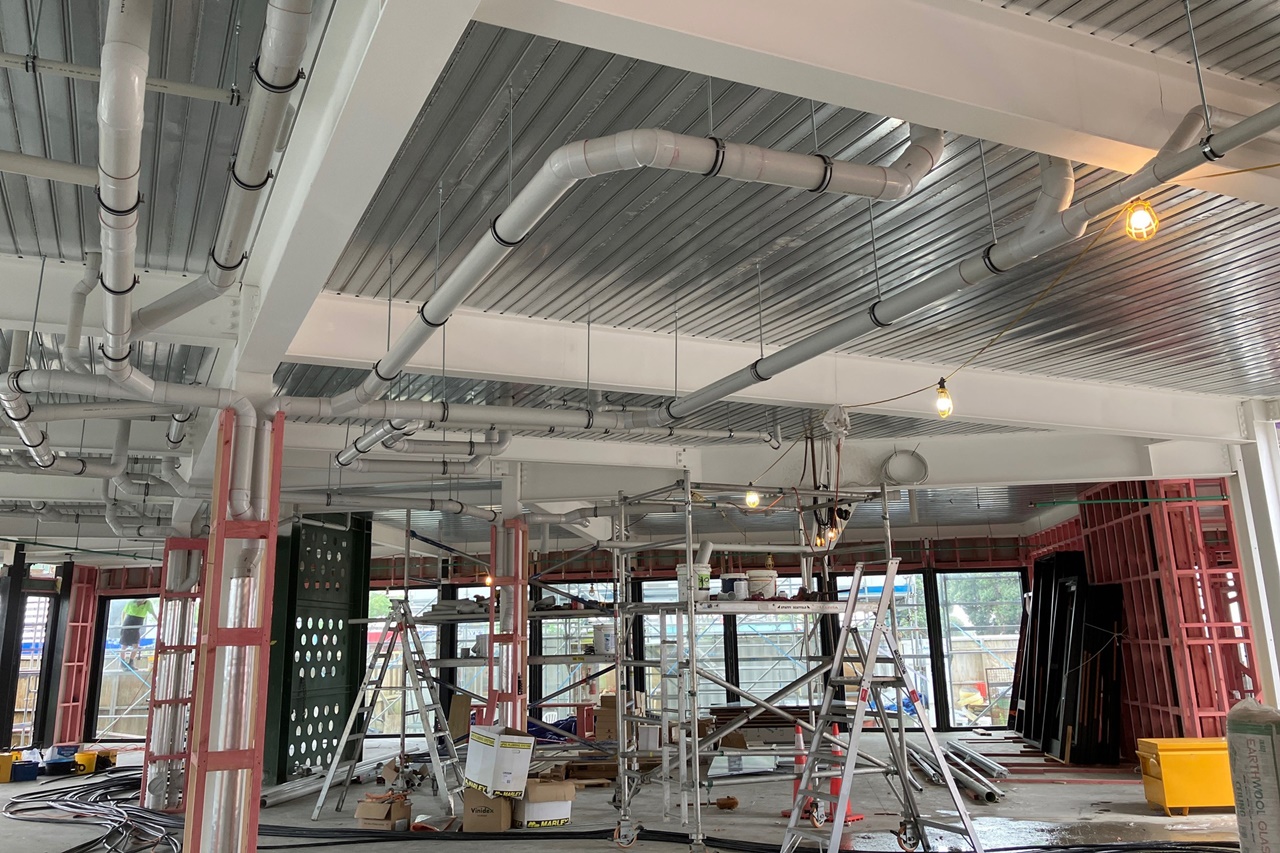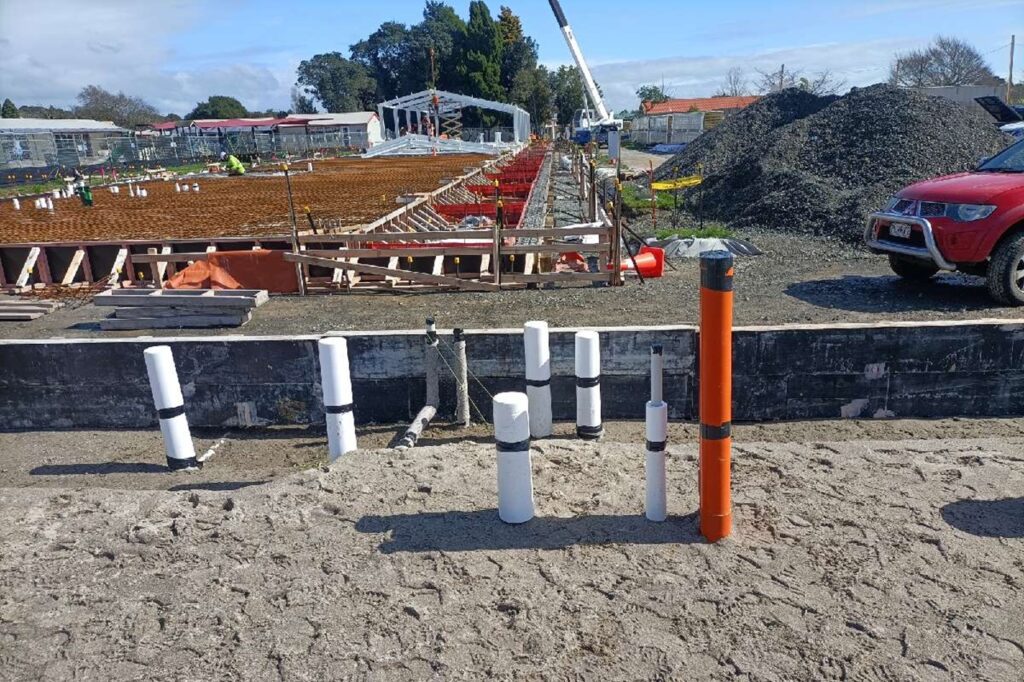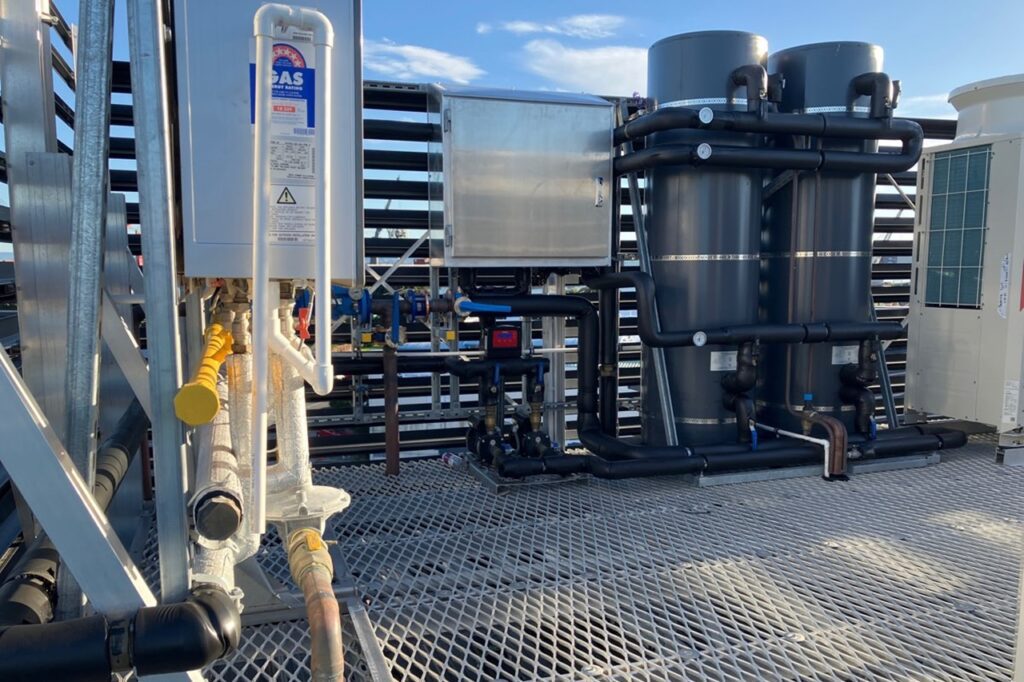The plumbing in a commercial facility bears little resemblance to residential plumbing. Commercial systems are vastly more complex to support the demands of businesses, public properties and industrial facilities. Specialized skill and planning go into commercial plumbing installation and maintenance.
If you own or manage a commercial property, understanding key distinctions of commercial plumbing is important. Here’s what you need to know about sizing, design, maintenance and regulations governing commercial plumbing.
Sizing For Occupancy
The sheer scale of commercial plumbing must meet the needs of high-occupancy buildings. Plumbing is sized according to two main factors:
Occupant Load – The maximum estimated number of building occupants dictates the number of required plumbing fixtures like toilets, sinks and drinking fountains. More occupants necessitate more fixtures to prevent lines and inconvenience. Local codes provide occupational load calculation formulas based on square footage.
Water Supply Demand – Total fixture units drawing water are calculated based on the gallons per minute flow rate of each fixture. The water service inlet piping and meter must adequately support combined peak demand. Insufficient supply lines result in weak water pressure.
Consulting occupancy statistics, building usage plans and plumbing codes determines appropriate plumbing sizes. Adequate sizing prevents bottlenecks amid heavy usage.
Durability & Reliability
Water usage in commercial buildings far exceeds residential levels, meaning commercial plumbing must withstand constant heavy use. Durability and reliability come from:
- Industrial-grade piping materials like stainless steel handle high pressures.
- The wall thickness of pipes is increased for strength and corrosion resistance.
- Shutoff valves are strategically located to isolate zones in emergencies.
- Extra insulation limits heat loss and condensation.
- Stabilizing brackets firmly support straight pipe runs.
- Floor and wall penetrations utilize protective sleeves.
- Supply lines have redundancy and backup options if needed.
Commercial plumbing leaves no room for shortcuts or weakness given the demands placed on systems. Top-tier strength and reliability are expected.
Specialized Fixtures
Standard residential plumbing fixtures pale in comparison to commercial needs. Commercial applications utilize:
- Automatic faucets and flush valves – Hands-free sensors activate the flow of water and accommodate high traffic. Self-closing nozzles prevent waste.
- Low-flow fixtures – Water-conserving faucets, toilets and urinals curb water volumes.
- Custom sinks – Specialized sinks located in kitchens, labs, cleaning areas and bathrooms suit specific purposes. Custom depth, drain position, bowl size and connections are available.
- Drinking fountains & bottle fillers – Combination drinking fountains with bottle filler spouts quench occupants and limit waste from single-use containers.
- High capacity fixtures – Extra wide urinals and toilets with over 3-gallon flush capacity handle heavy usage in public restrooms.
The plumbing fixtures selected for a commercial project match the expected demographic and needs utilizing the space.
Concealed & Challenging Plumbing
Running plumbing in commercial structures often presents challenges:
- Concealed areas like wall cavities, chases and under floors hide pipes requiring careful schematics for future access and repairs.
- Vertical plumbing risers through multiple floors involve extensive coordination and planning for installation.
- Structural obstacles, machinery and utilities on-site create logistical hurdles for routing plumbing.
- Renovating existing plumbing in operational buildings without disruption takes finesse.
Expert planners engineer layouts accommodating building constraints while allowing critical system access into the future. Creating order from complex variables is key.
Specialized Areas
Unique types of occupancies have customized plumbing needs:
Hospitals – Require sterilization systems, medical gases, acid neutralization and specialized fixtures.
Kitchens – Need large custom sinks, grease traps and floor drains correctly designed for safety and efficiency.
Labs – Demand specialized gas piping, purified water and chemical drainage resistant to corrosion.
Data Centers – Utilize ultra-pure water treatment for cooling systems and require extensive redundancy.
Public Restrooms – Involve high-traffic considerations, ADA compliance, low-flow fixtures and sensor-activated components.
For specialized facilities, extensive project-specific planning ensures compliant and functional plumbing.
Maintenance Musts
Preventative maintenance is amplified for commercial plumbing systems given heavy fixture use and operating hours. Critical maintenance procedures include:
- Annual inspection and servicing of all equipment like water heaters, pressure regulators and sewage ejector pumps.
- Quarterly faucet and fixture checks for drips or scaling. Adjusting or replacing worn parts as needed.
- Monthly drain line cleaning using augers, pressure washing, video inspection and acid washing for grease traps.
- Valve exercising ensures shutoff valves fully function when needed.
- Backflow testing confirms devices preventing cross-contamination aren’t malfunctioning.
- Inspecting piping for corrosion or insulation damage.
Catching maintenance issues promptly preserves plumbing integrity. Lack of maintenance speeds up deterioration.
Strict Rules & Regulations
Construction and operation of commercial plumbing must adhere to far more stringent governmental regulations compared to residential projects.
- Local municipal plumbing codes stipulate materials, sizing methods and installation requirements. Permitted plans are mandated.
- Environmental Protection Agency standards govern discharge from large sewage facilities along with hazardous waste and chemical disposal from industrial processes.
- Commercial restrooms, janitorial facilities and drinking fountains have special accessibility stipulations under the Americans with Disabilities Act.
- Public facility water supplies are regulated under the Safe Drinking Water Act and require backflow prevention and testing.
Non-compliance risks heavy fines and forced renovations. Know regulations upfront and design accordingly.



